Category: Information
Watering Restrictions
April 12, 2024On Friday, September 15, 2023, the York Water Company announced a Mandatory Non-Essential Water Use Restriction in all areas served by the York Water Company in Adams, Franklin, and York Counties. This mandatory restriction comes as our region suffers from an annual rainfall deficit of over 12”, to date.
While the restrictions announced on Friday are broad, they are not all-inclusive, and apply to “non-essential” water use only. The York Water Company has offered a detailed list of permitted uses that are pertinent to your landscape, and our livelihood here at Hively.
Below is a detailed description of permitted water uses, condensed for pertinence and clarity– the complete document is available here; https://www.yorkwater.com/prohibition-of-nonessential-water-uses/
(1) The use of water for watering of grass*:
(ii) Water may be used to establish and maintain newly seeded and sodded grass areas when applied between the hours of 5 p.m. and 9 a.m. by means of a bucket, can or hand-held hose equipped with an automatic shut-off nozzle*, or when applied between the hours of 7 p.m. and 11 p.m. by any other means designed and operated to ensure effective conservation.
(iii) Water may be applied by a professional landscaper to establish and maintain newly seeded and sodded grass areas during working hours by any means designed and operated to ensure effective conservation.
(iv) Water may be used by professional landscapers or irrigation contractors for the purpose of testing newly installed or repaired irrigation equipment for a period not to exceed 10 minutes per irrigation zone.
(v) Water may be applied for the purpose of grub control one time during the effective period of the water supply restriction.
(3) The use of water for irrigation and watering of outdoor gardens, landscaped areas, trees, shrubs and other outdoor plants:
(ii) Water may be applied by means of a bucket, can, hand-held hose equipped with an automatic shut-off nozzle*, or an irrigation system* that is designed and operated to restrict the timing or total volume of water and to restrict the application to specific plantings and that ensures effective conservation, when applied between the hours of 5 p.m. and 9 a.m. Sources of water, other than public water, shall be used to the extent available.
(iii) Water may be used by nurseries to maintain stock, by a means that ensures effective conservation, only to the extent that sources of water other than public water adequate to supply needs are not available or feasible to use.
(v) Water may be used by a professional landscaper or irrigation contractor during working hours, by a means that ensures effective conservation.
(6) The use of any water for ornamental purposes, including fountains, artificial waterfalls, and reflecting pools:
(i) Fountains or waterfalls may be operated to perform the primary and necessary aeration function for a pond that supports fish life.
(ii) Water may be used to top off ornamental water gardens or fishponds to the minimum extent necessary to maintain fish and aquatic life.
*Watering established residential lawns is NOT a permitted use, regardless of application method.
*Automatic shut-off nozzle- a trigger style hose nozzle, or similar device, that requires continuous manual activation to permit water flow and automatically stops water flow when manual activation ceases.
*Irrigation system- a system that delivers water in a controlled and metered manner, directly to the root zone of the plant material, with timed runtimes and automatic on/off. Sprinklers that deliver water via a broadcast, overhead “rainfall” method are NOT a permitted irrigation system.
Hively Landscapes has been providing services to the greater York County area for over 55 years, and we take great pride in our role as a responsible corporate citizen of the county. We are your neighbors. We understand the important part we play as a role model and that is why we strictly follow laws and guidelines from state and local municipalities and their partners, including utilities like the York Water Company.
Our livelihood depends on our natural resources, including water, and we work every day to conserve these resources that allow us to provide our services. This will continue as we work hard to ensure that you, our customer, receive the service you expect while we respect and protect our natural resources.
Please contact our office with any questions or comments.
Thank you,
Ted Ventre
Owner, York County Resident, and York Water Customer.
Planting Today – Planning for the Future
March 11, 2024Planting Today – Planning for the Future
Plants grow, and that’s a good thing! One unique challenge when designing and installing new landscape plantings for your property is to design not just for right now but for years down the road as well. Overgrown landscapes are unsightly, and we often see properties where previous plantings were installed to fill in the space immediately, rather than providing appropriate space for the landscape to fill in naturally over time. With a combination of horticultural knowledge, planning, and ongoing maintenance, your landscape can mature gracefully into its space.
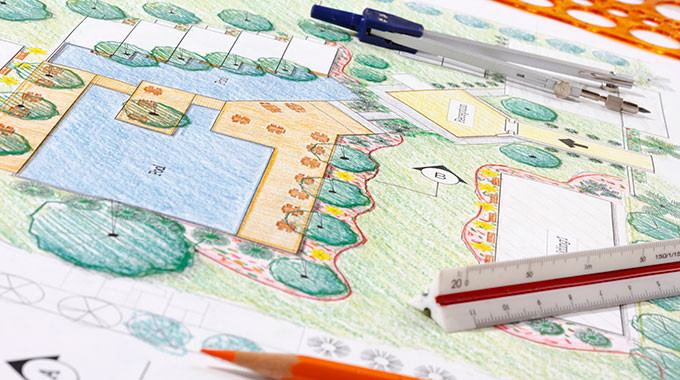
Accounting for Growth Rates
Any new planting plan needs to account for the fact that landscape plants grow at drastically varying rates. Ornamental trees and shrubs may take several years to achieve a mature size, while perennial flowers will often explode once they gain a foothold in your landscape. A key part of landscape design is recognizing differing rates of growth and choosing specimens that will complement each other as they grow.
Designing with Maintenance in Mind
Pruning is a key facet of landscape maintenance, and it’s crucial in keeping a landscape from becoming overgrown. It’s not unusual, though, to see a landscape that is planted too densely to encourage ongoing landscape care. A well-planned landscape design takes this into consideration and allows for easy access to prune and maintain the landscape.
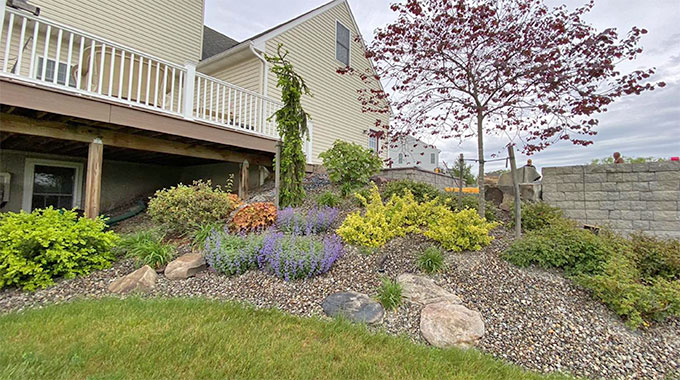
Proper Planting Requires Patience
It’s not unusual for brand-new landscape plantings to feel a bit diminutive right out of the gate. This is normal, because each of those specimens has a true size and shape to achieve. In the meantime, the space between new plantings provides the air, water and sunlight that they need to reach their potential. Planting for mature size requires a bit of patience at the beginning, and it pays off beautifully in the long run.
Summer Landscapes Start Now!
February 9, 2024Summer Landscapes Start Now!
Some people really enjoy the winter, and more power to them, but for a lot of us, the dark days of winter are, well…pretty dark. In the depths of winter, it’s always a relief to look ahead to warmer, brighter days in spring and summer. Do your summertime dreams involve spending time outside, entertaining on your patio with friends or family? If so, now is the time to get the process started.
Paver Patios
A new patio will transform the form and function of your property. Designed with your specific goals in mind, low-maintenance paver patios can be installed to match the look of your home and constructed with a wide variety of materials.
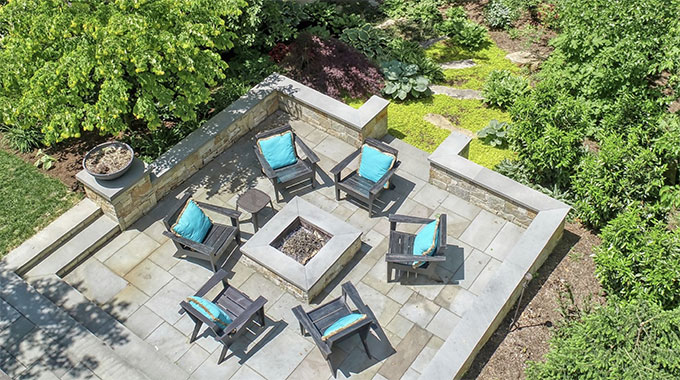
Outdoor Kitchens
If you enjoy grilling, some form of an outdoor kitchen makes a lot of sense. By dedicating space to cooking and building a patio design around that function, your completed landscape will look and feel much more cohesive. From simple grill installations to fully equipped outdoor kitchens, if you love to entertain, outdoor kitchens make life easier for you and your guests.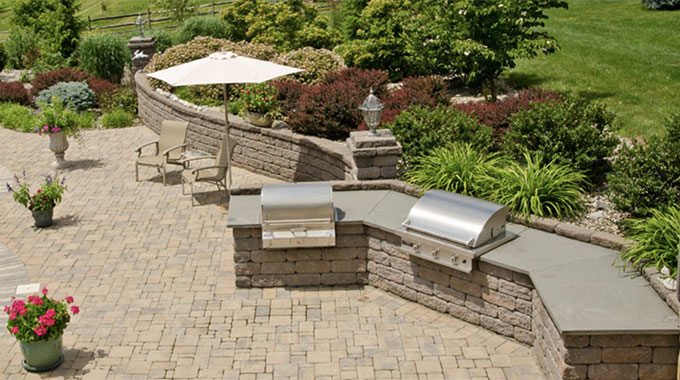
Pergolas and Outdoor Rooms
We may be missing the sun right now, but in the dog days of summer, it’s nice to find some shade. Pergolas and shade structures keep the air cool, and larger outdoor rooms can be constructed with overhead fans, lights and mounted televisions for total comfort.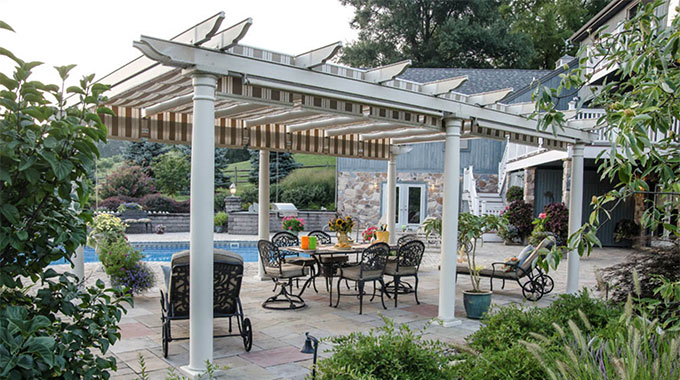
Landscape Lighting
Don’t let the darkness chase you inside. Low-voltage lighting systems add functionality to your property by extending the evening while they add safety by illuminating pathways and steps.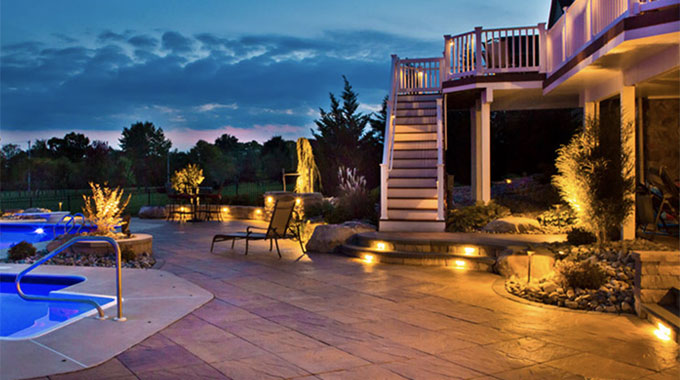
Your Landscape Is a GROWING Investment
January 27, 2024Your Landscape Is a GROWING Investment
Your lawn and landscape are more than just an aesthetic addition to your property. In fact, your landscape is a significant contributor to the value of your home, and the resources you invest in the enhancement and maintenance of your property benefit you both now and in the future.
Enhancing Curb Appeal
First impressions matter, and your landscape is often the first thing that visitors see when they approach your home. It’s easy to grow accustomed to how the front of our home looks, and this leads to many front landscapes becoming a bit overgrown or outsized for the space. By replacing entryway landscaping with right-sized plantings, you can have a new look that highlights your home instead of hiding it.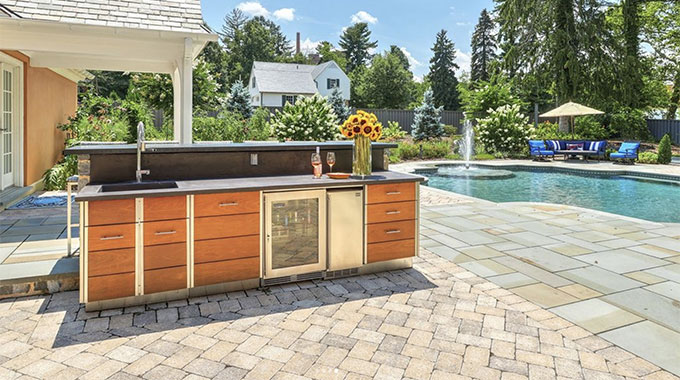
Increasing Home Value
Landscaping is especially beneficial if you are planning to sell your home any time soon. Studies have shown that well-designed and maintained landscaping adds up to 15% to the value of your home. Prospective buyers see patios and outdoor rooms and picture themselves entertaining and relaxing. Buyers see well-maintained landscapes and know that the property as a whole has been cared for.
Improving Energy Efficiency
Did you know that your landscaping can save energy? With proper planning and strategic planting, trees and shrubs can provide cooling shade in the summer and windbreaks that reduce heating costs in the winter. Trees have a cooling effect not only by casting shade but also because water evaporates through their leaves. This process, known as transpiration, cools the surrounding air.
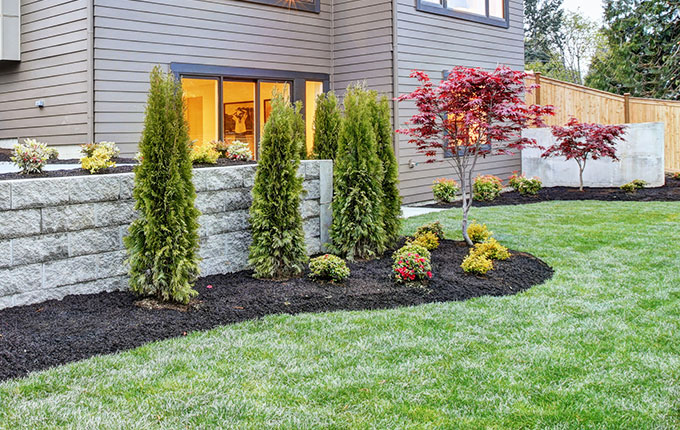
Planning Ahead for 2024 Landscape Projects
November 9, 2023As the year winds down and the holiday season approaches, landscape improvements may not be the first thing on your mind. Creating a landscape plan for next year is a key way to maximize your landscaping efforts, and there’s no time like the present to start thinking about new projects.
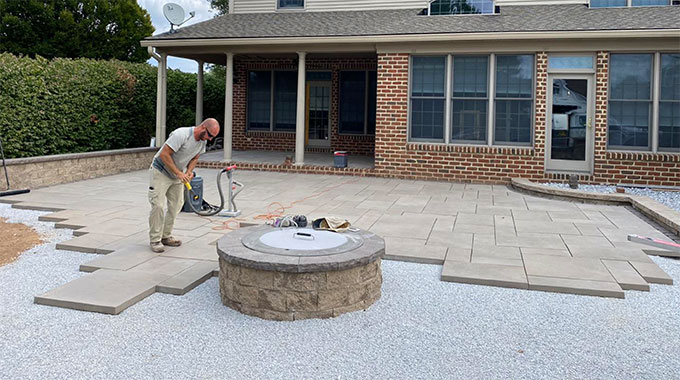
New patios and outdoor living spaces, planting bed installation, turf area development, and tree installation or removal are all sizable improvements that benefit greatly from deliberate planning. When timed correctly, new improvements will complement existing landscape elements.
In addition to avoiding a disruption to your property, long-range planning also allows you to schedule new additions and services at times of the year that maximize their viability and usefulness. By starting the conversation now, we can advise you on which tasks are best to handle during the fall and winter and which should be scheduled for warmer weather next year. An extended plan also allows you to schedule new projects in a way that fits your budget.
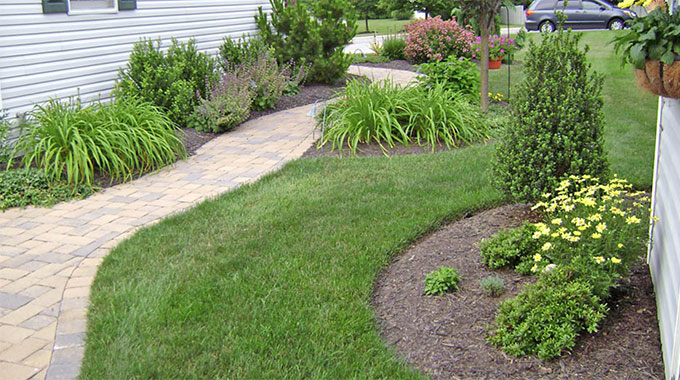
Even if your immediate plans only include a few modest improvements, a comprehensive plan will help you get the biggest long-term bang for your buck. With a solid plan of attack, you can set priorities and formulate manageable timelines so that your landscape comes together evenly over time.
Fall Is Ideal for Softscaping
October 8, 2023Your landscape can be broken down into two main categories: hardscapes, which are all the solid and permanent elements like patios, walkways and walls, and softscapes, which are all the living elements like trees, shrubs, and annual and perennial plants. Over time, landscapes can become overgrown for their space, crowding walkways and blocking windows. If the plantings in your landscape are due for a refresh, fall is a great time to tackle softscape renovations.

Why Plant in Fall?
Most homeowners think of spring as the best time to plant, but there are several compelling reasons why autumn is the ideal season for adding softscaping to your property.
Plants Prefer Fall Temperatures: In autumn, the soil retains warmth, which is great for root development, while cooler air temperatures reduce heat stress on the above-ground portions of the plant.
Fall Is Prime Time for Root Growth: As temperatures cool, plants shift their efforts away from top growth and toward root growth. This natural shift in plant growth behavior helps new plants establish a stronger root system before winter.
Reduced Pest Issues: Pests and insects tend to be less active in the fall, further reducing stress to new plantings.
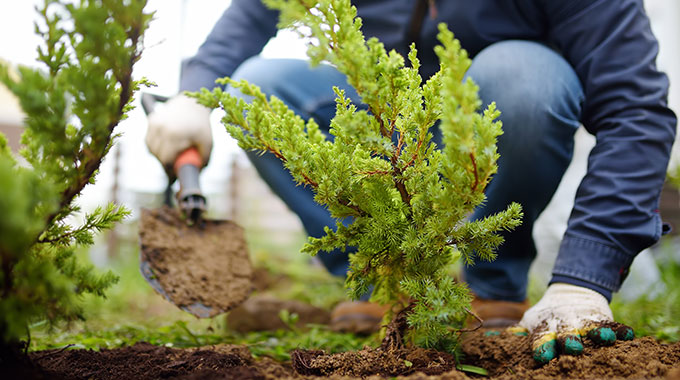
Springtime Beauty Starts Now
Whether you need something simple like new walkway perennial beds or a more substantial renovation of your foundation shrubs and ornamental trees, fall is a perfect time to set a plan for new softscapes in motion. Contact us to get the process started!
Water Usage Restrictions
September 19, 2023On Friday, September 15, 2023, the York Water Company announced a mandatory non-essential water use restriction in all areas served by the York Water Company in Adams, Franklin, and York counties. This mandatory restriction comes as our region suffers from an annual rainfall deficit of over 12” to date.
While the restrictions announced on Friday are broad, they are not all-inclusive, and they apply to “non-essential” water use only. The York Water Company has offered a detailed list of permitted uses that are pertinent to your landscape and our livelihood here at Hively.
Below is a detailed description of permitted water uses, condensed for pertinence and clarity.
(1) The use of water for watering of grass*:
(ii) Water may be used to establish and maintain newly seeded and sodded grass areas when applied between the hours of 5 p.m. and 9 a.m. by means of a bucket, can or hand-held hose equipped with an automatic shut-off nozzle*, or when applied between the hours of 7 p.m. and 11 p.m. by any other means designed and operated to ensure effective conservation.
(iii) Water may be applied by a professional landscaper to establish and maintain newly seeded and sodded grass areas during working hours by any means designed and operated to ensure effective conservation.
(iv) Water may be used by professional landscapers or irrigation contractors for the purpose of testing newly installed or repaired irrigation equipment for a period not to exceed 10 minutes per irrigation zone.
(v) Water may be applied for the purpose of grub control one time during the effective period of the water supply restriction.
(3) The use of water for irrigation and watering of outdoor gardens, landscaped areas, trees, shrubs and other outdoor plants:
(ii) Water may be applied by means of a bucket, can, hand-held hose equipped with an automatic shut-off nozzle*, or an irrigation system* that is designed and operated to restrict the timing or total volume of water and to restrict the application to specific plantings and that ensures effective conservation, when applied between the hours of 5 p.m. and 9 a.m. Sources of water, other than public water, shall be used to the extent available.
(iii) Water may be used by nurseries to maintain stock, by a means that ensures effective conservation, only to the extent that sources of water other than public water adequate to supply needs are not available or feasible to use.
(v) Water may be used by a professional landscaper or irrigation contractor during working hours, by a means that ensures effective conservation.
(6) The use of any water for ornamental purposes, including fountains, artificial waterfalls, and reflecting pools:
(i) Fountains or waterfalls may be operated to perform the primary and necessary aeration function for a pond that supports fish life.
(ii) Water may be used to top off ornamental water gardens or fishponds to the minimum extent necessary to maintain fish and aquatic life.
*Watering established residential lawns is NOT a permitted use, regardless of application method.
*Automatic shut-off nozzle – a trigger style hose nozzle, or similar device, that requires continuous manual activation to permit water flow and automatically stops water flow when manual activation ceases.
*Irrigation system- a system that delivers water in a controlled and metered manner, directly to the root zone of the plant material, with timed runtimes and automatic on/off. Sprinklers that deliver water via a broadcast, overhead “rainfall” method are NOT a permitted irrigation system.
Hively Landscapes has been providing services to the greater York County area for over 55 years, and we take great pride in our role as a responsible corporate citizen of the county. We are your neighbors. We understand the important part we play as a role model, and that is why we strictly follow laws and guidelines from state and local municipalities and their partners, including utilities like the York Water Company.
Our livelihood depends on our natural resources, including water, and we work every day to conserve these resources that allow us to provide our services. This will continue as we work hard to ensure that you, our customer, receive the service you expect while we respect and protect our natural resources.
Please contact our office with any questions or comments.
Thank you,
Ted Ventre
Owner, York County resident, and York Water customer
Dealing with Problem Slopes in the Landscape
August 6, 2023Dealing with Problem Slopes in the Landscape
Is your property on a grade? No matter how good it looks, a steep, sloping yard isn’t very functional. If a steep yard has kept you from installing that planting bed, patio or children’s play area you’ve always wanted, a retaining wall may be the answer. Retaining walls hold back soil that might otherwise slide down a hill, and they can create safe, level areas for a variety of uses.
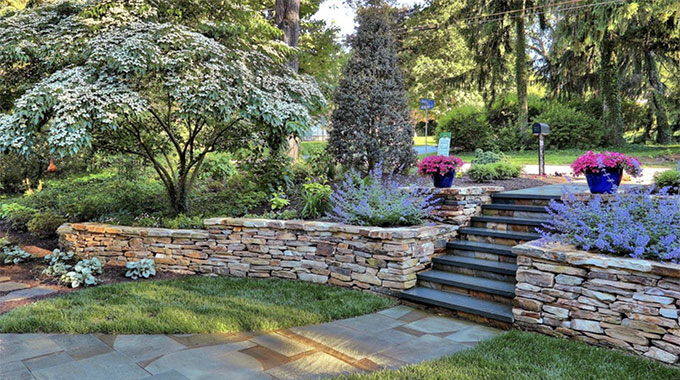
For maximum strength and durability, pre-cast blocks are likely to be your best bet. They’re engineered to interlock with each other as they’re laid, and most have a built-in “setback” to give the finished wall a slightly slanted angle for added stability.
Depending on the height and slope you’re contending with, additional reinforcement and/or engineering work may be needed. Careful design is very important, especially if your retaining wall will be supporting major structures on your property.
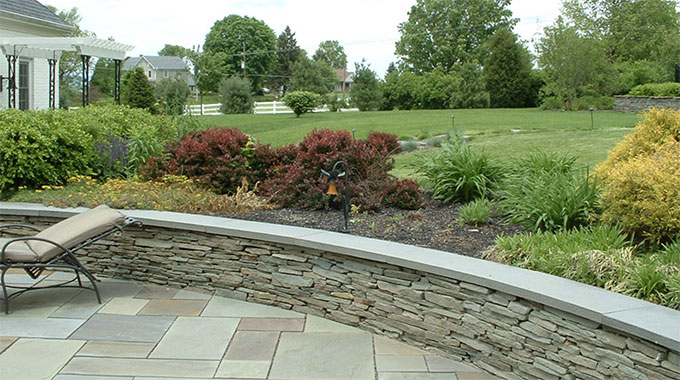
When properly designed, retaining walls can add graceful architectural elements to your landscape while improving its overall usefulness. As with any landscaping project, careful planning to ensure that the finished product meets your specific needs is very important. Properly designed and installed, a retaining wall can significantly improve your landscape’s functionality.
Enhance Your Evenings with Landscaping Lighting
July 15, 2023Enhance Your Evenings with Landscaping Lighting
In planning your landscaping, don’t forget what your yard will – or could – look like after the sun goes down. The right lighting can add an entirely new dimension to your landscaping that will increase both the functionality and visual appeal of your outdoor spaces.
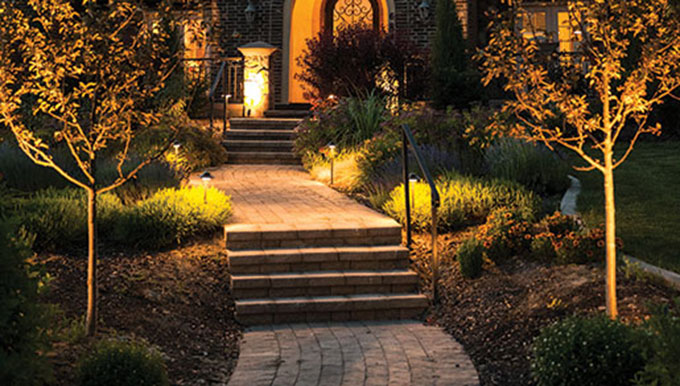
Lighting can use your larger landscape features and your house itself to create dramatic shadows or silhouettes. Different effects can be created by up-lighting a shrub or tree (shining light from the ground up) or by down-lighting it (shining light down from overhead). The right illumination can also transform an otherwise neglected porch or patio into an inviting living space for warm summer nights.
Well-placed landscape lights also provide enhanced safety and security. Exterior landscape lighting makes your great outdoors safer for your guests and more secure from unwanted visitors. It can light paths to help guests reach your door safely and eliminate shadows where an intruder might hide.
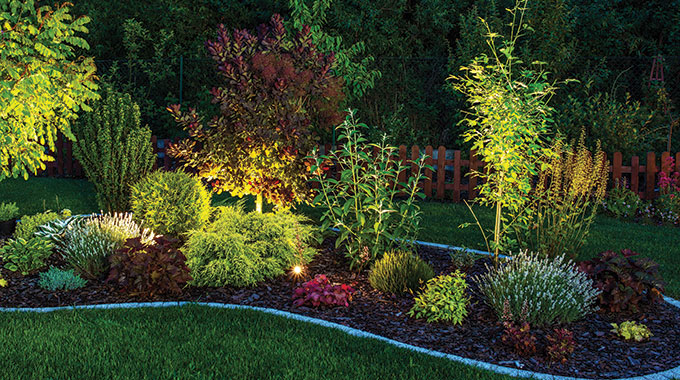
Hively can design a lighting plan to use various types of lights – wash lights, bullets, path or spread lights, or well lights – where each will effectively contribute to an overall pleasing scheme without creating an overly lighted effect. Installation is not disruptive to existing landscapes, and most light fixtures can be tucked out of plain view.
Drought Conditions Starting Already
June 8, 2023Mother Nature can be both a friend and a foe, and when it comes to drought, there’s nothing friendly about her! During hot and dry spells, our lawns and landscape plants can really use our help to get by.
What Are the Signs of Drought Stress?
Different plants show different symptoms. Grass can turn bluish-green or brown in color, with footprints remaining in the turf after you’ve walked on it. Trees and shrubs usually have wilting, yellowing leaves when suffering from drought.
What You Should Do
Ideally, you’ll provide your lawn with 1″ to 1 1/2″ of water per week in the absence of rainfall. Your trees and shrubs will benefit from a deep weekly soaking as well. Naturally, if watering restrictions are in place, you should follow local guidelines for water conservation, watering your lawn, trees and shrubs whenever you can. You may also want to set priorities as to what gets watered first. Valuable specimen trees or anything that was recently planted (trees, shrubs or grass) should get special attention.
It’s very important to keep your lawn and landscape plants well fertilized. Mulching around trees, shrubs and planting beds is beneficial as well. These practices lead to deeper, denser root systems, making it easier for plants to withstand drought conditions (and related problems like insects and disease).
With proper watering, fertilizing and mulching, your lawn and landscape will be much better equipped for the hot, dry weather ahead of us!